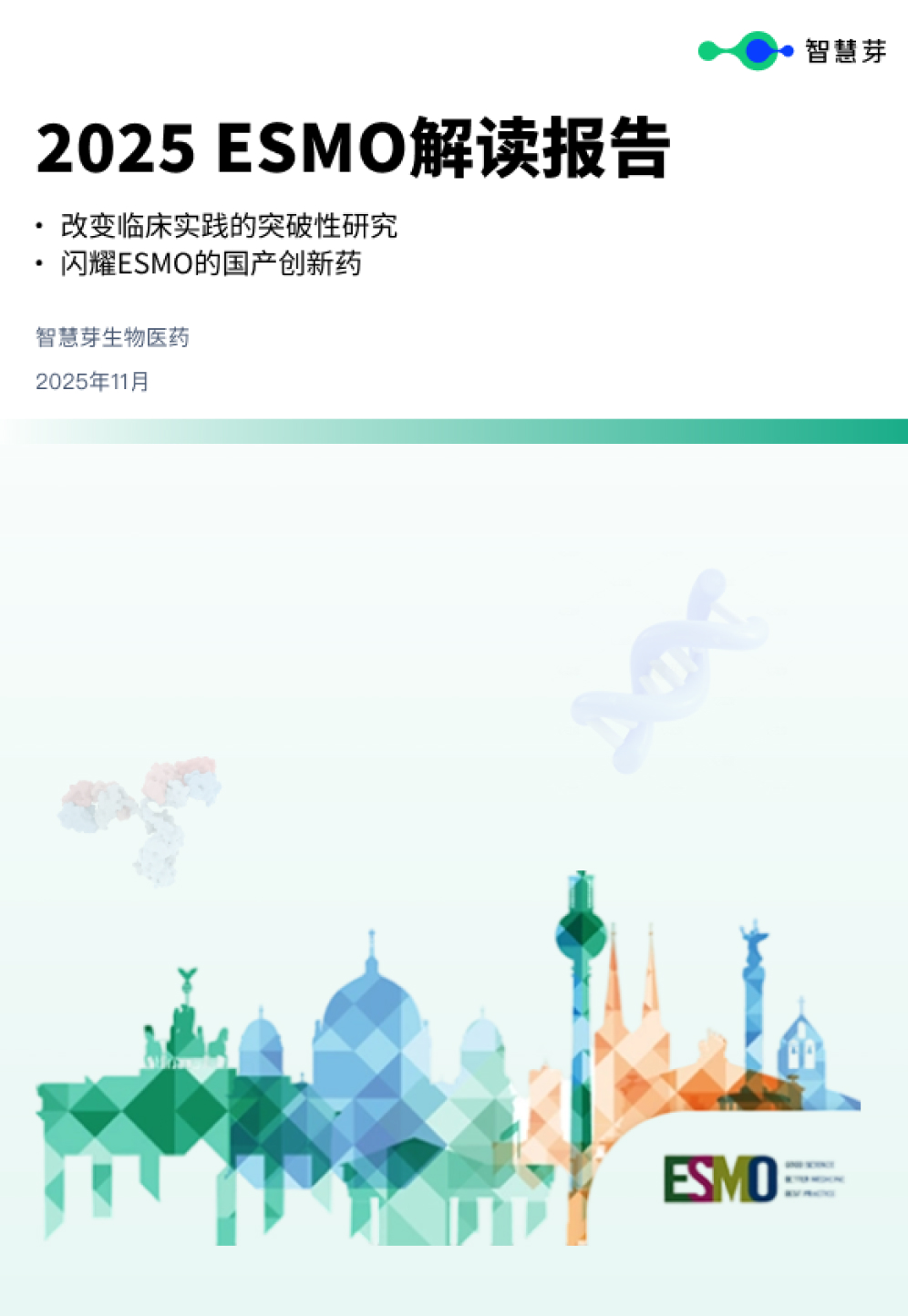预约演示
First recognition of self in the mirror is spurred by touch
2024-03-13
Most babies begin recognizing themselves in mirrors when they are about a-year-and-a-half old. This kind of self-recognition is an important developmental milestone, and now scientists have discovered a key driver for it: experiences of touch.
Most babies begin recognizing themselves in mirrors when they are about a year and half old. This kind of self-recognition is an important developmental milestone, and now scientists at The University of Texas at Austin have discovered a key driver for it: experiences of touch.
Their new study found babies who were prompted to touch their own faces developed self-recognition earlier than those who did not. The research was published this month in the journal Current Biology.
"This suggests that babies pulling on their toes or tapping their fingers are not just playing," said Jeffrey Lockman, a professor of human development and family sciences at UT and senior author on the paper. "They are developing self-awareness through self-directed activity. I think this work demonstrates a possible mechanism by which self-recognition can develop based on active experience that human babies naturally generate."
Researchers began by placing small vibrating discs on the foreheads and cheeks of toddlers when they were around 14 months old, before the usual age at which self-recognition occurs. In response to the vibration, the children would reach up and touch the disc. Next, researchers turned the children to face a mirror and watched as they reached up to touch the discs.
Researchers then had the children perform the standard mirror-mark test for self-recognition in which a small mark of paint or makeup was placed on each child's face. If the child looked in the mirror and touched the mark on their own face or said words like their name or "me," they demonstrated self-recognition.
Researchers also observed a control group of children who were exposed to the laboratory experience with mirrors but not the vibrating discs. Both groups were comparable at the beginning of the study and observed monthly until they recognized themselves or reached 21 months.
The children who touched their face more frequently recognized themselves in the mirror about two months earlier, on average, than when children typically first begin to recognize themselves in a mirror.
The study challenges a longstanding assumption that self-recognition in early childhood is somehow hardwired. For a long time, scientists believed early recognition in the mirror was a built-in function of human brains and those of our closest primate relatives, versus linked to sensory or motor experiences.
The researchers said the findings may have implications for interventions for children with motor development delays.
"Interventions for infants who have issues related to motor skills are typically focused on reaching for objects in the external world and manipulating them," Lockman said. "These findings suggest that reaching to the body may be equally important and that exploring the body is the gateway to self-knowledge."
Lisa Chinn of the University of Houston and Claire F. Noonan and Katarina S. Patton of Tulane University were also authors on the paper. Funding for the research was provided by the National Institutes of Health.
更多内容,请访问原始网站
文中所述内容并不反映新药情报库及其所属公司任何意见及观点,如有版权侵扰或错误之处,请及时联系我们,我们会在24小时内配合处理。
适应症
靶点
-药物
-生物医药百科问答
全新生物医药AI Agent 覆盖科研全链路,让突破性发现快人一步
立即开始免费试用!
智慧芽新药情报库是智慧芽专为生命科学人士构建的基于AI的创新药情报平台,助您全方位提升您的研发与决策效率。
立即开始数据试用!
智慧芽新药库数据也通过智慧芽数据服务平台,以API或者数据包形式对外开放,助您更加充分利用智慧芽新药情报信息。





